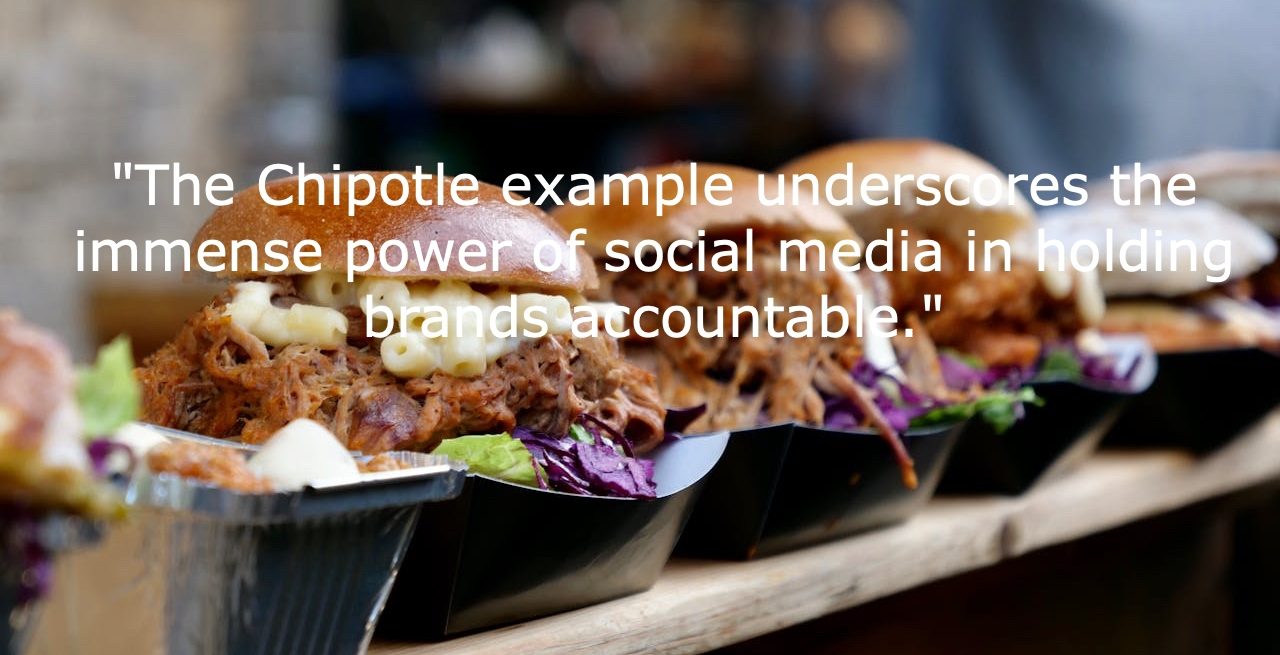The Power of Consistency in Guest Satisfaction
4 Min Read By MRM Staff
Recent reports of possible portion-size discrepancies at Chipotle are a cautionary tale for brands, highlighting a few critical issues in the restaurant industry: consistently meeting customer expectations and the swift power of social media.
Modern Restaurant Management (MRM) magazine connected with Kim Lawton, founder and CEO of New York City-based marketing agency Enthuse to discuss social media accountability, safeguarding a brand, best practices and more. Lawton has 25 years of experiential operations and marketing experience spanning branded consumer products.
What lessons can be learned from the recent Chipotle portion size controversy?A key lesson from the recent Chipotle portion size controversy is the critical importance of engaging with all consumers, regardless of how they interact with your brand—whether in-person, online, via social media, or through review platforms. In today’s landscape, every customer is a potential critic with the power to…
Sorry, You've Reached Your Article Limit.
Register for free with our site to get unlimited articles.
Already registered? Sign in!

